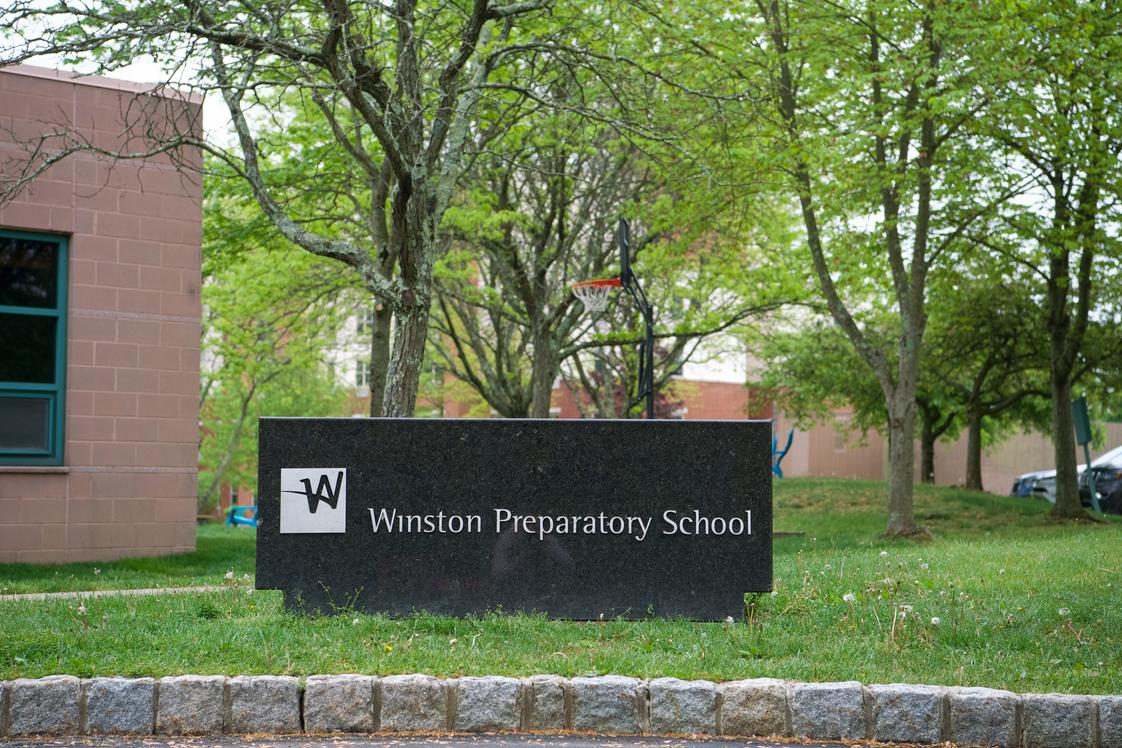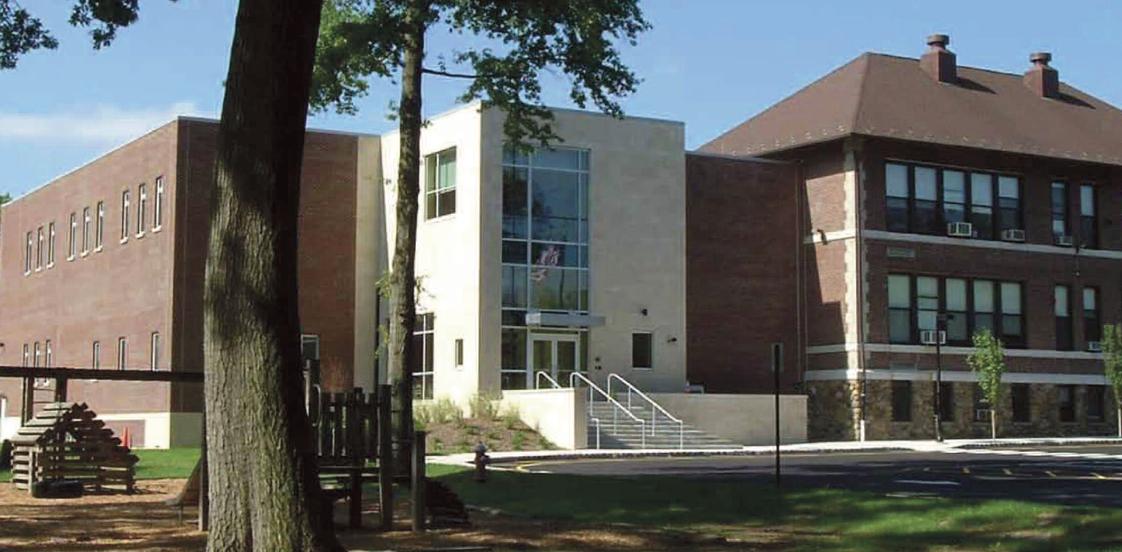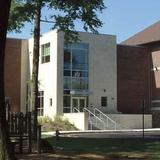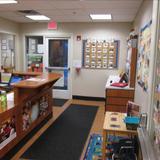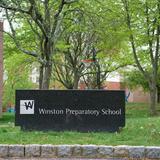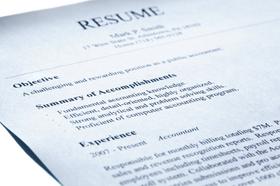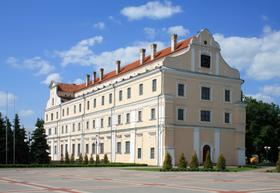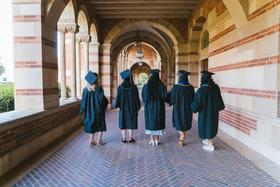For the 2025-26 school year, there are 7 private schools serving 582 students in Whippany, NJ (there are 4 public schools, serving 1,557 public students). 27% of all K-12 students in Whippany, NJ are educated in private schools (compared to the NJ state average of 14%).
The average acceptance rate is 100%, which is higher than the New Jersey private school average acceptance rate of 77%.
Private Schools in Whippany, NJ (2025-26)
School
Location
Quick Facts
45 Highland Ave
Whippany, NJ 07981
(973) 884-2030
Whippany, NJ 07981
(973) 884-2030
Gr: K-12 | 88 students Avg. class size: 8 students Sports: 3 | Extracurrculars: 8
90 Whippany Rd
Whippany, NJ 07981
(973) 888-2083
Whippany, NJ 07981
(973) 888-2083
Gr: PK-8 | 132 students Sports: 1 | Extracurrculars: 2 Tuition listed
Discovery Years
Daycare / Preschool
155 Algonquin Parkway
Whippany, NJ 07981
(973) 515-3654
Whippany, NJ 07981
(973) 515-3654
Gr: NS-PK | 36 students
718 State Route 10
Whippany, NJ 07981
(973) 515-5300
Whippany, NJ 07981
(973) 515-5300
Gr: PK-K | 81 students
90 Whippany Road
Whippany, NJ 07981
(973) 887-2611
Whippany, NJ 07981
(973) 887-2611
Gr: PK-5 | 142 students
901 Route 10 East
Whippany, NJ 07981
(973) 500-6480
Whippany, NJ 07981
(973) 500-6480
Gr: 4-12 | 103 students Avg. class size: 8 students Sports: 9 Tuition & acceptance rate listed
Frequently Asked Questions
How many private schools are located in Whippany, NJ?
7 private schools are located in Whippany, NJ.
How diverse are private schools in Whippany?
Whippany private schools are approximately 40% minority students, which is same as the New Jersey private school average of 40%.
What percentage of students in Whippany go to private school?
27% of all K-12 students in Whippany are educated in private schools (compared to the NJ state average of 14%).
Recent Articles

Student Success Predictors at Community Colleges
A practical guide to student success predictors at community colleges for private school advisors helping graduates navigate two-year pathways.
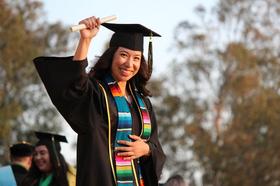
Career Pathways with Community College for Private School Grads
Explore top career pathways with community college for private school graduates, including high-demand jobs, transfer options, and 2025 workforce trends.

Navigating the FAFSA & Financial Aid Timeline for Community College
Learn how to navigate FAFSA and financial aid timelines when starting at community college — from application to disbursement in 2025.

